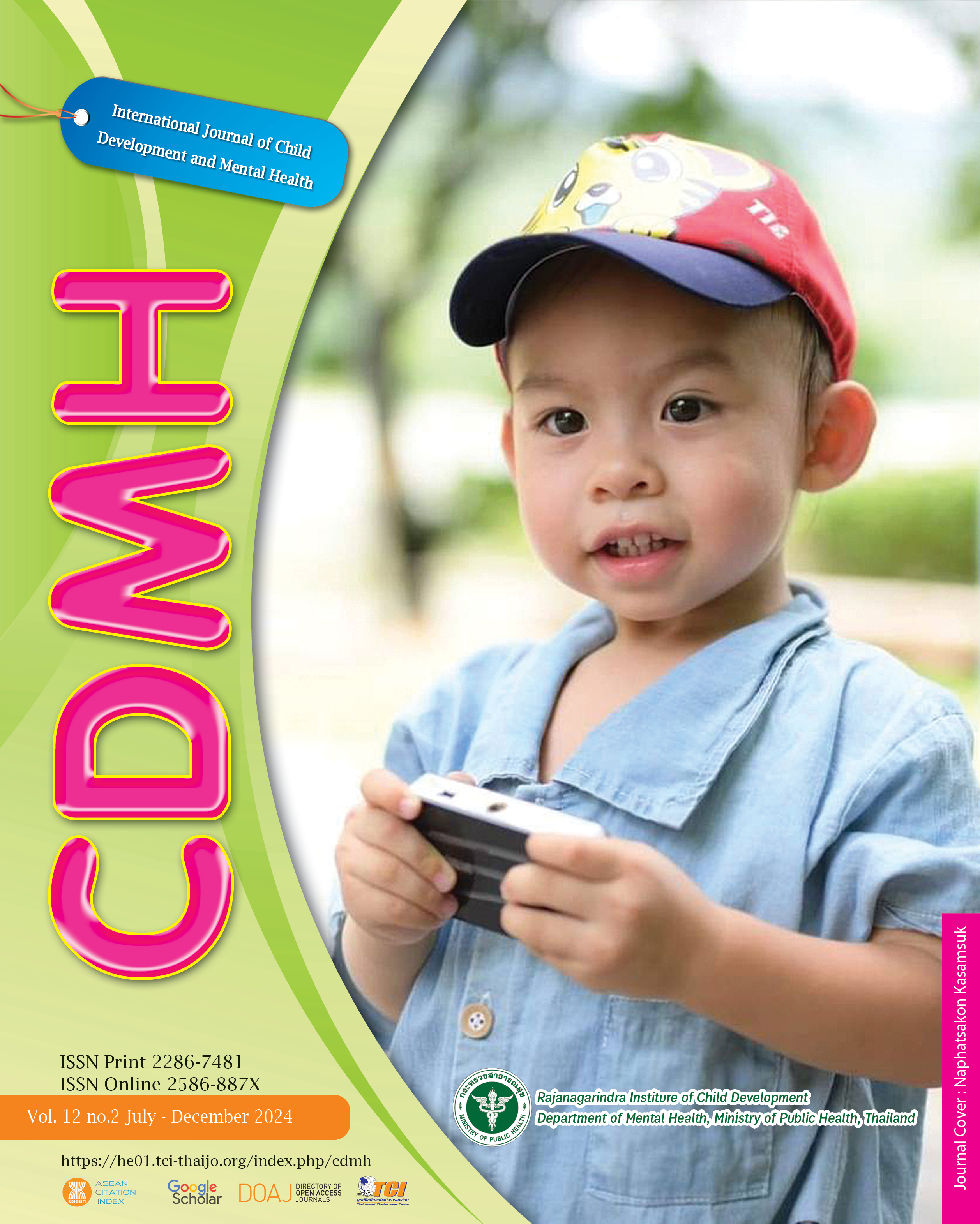Breaking The Silence: VAW Curriculum and Community-Based System
Main Article Content
Abstract
Violence against women is a global concern, and its control remains challenging, particularly in the context of the Philippines. Despite existing laws aimed at mitigating this issue, many women continue to endure in silence, while dealing with the social stigma and feelings of shame. Addressing this pressing need is crucial to providing support and empowering these women. This study aims to investigate the experiences of women facing violence and the role of education sectors, and local government units, in responding to and preventing violence against women. This study uses a qualitative method employing participatory action research. As a result, many participants highlighted the prevailing culture of silence and the associated stigma that discourages victims from speaking out, often driven by fear of judgment, and societal perceptions, leading to feelings of shame. As to the community, government agencies implement policies and processes effectively, however, there is a lack of established group support that will help victims of violence create safe spaces and dialogue on the issues. Concerning the role of education, participants expressed an integration of Violence Against Women topics into various social studies, gender subjects, and health education to promote awareness and foster an inclusive environment.
Article Details

This work is licensed under a Creative Commons Attribution-NonCommercial-NoDerivatives 4.0 International License.
![]()
Creative Commons License
This work is licensed under a Creative Commons Attribution-NonCommercial-No Derivatives 4.0 International (CC BY-NC-ND 4.0)
The authors retain copyright and permit the journal the copyright of first publication
Articles, once having passed the review process and accepted for publication in the CDMH Journal, are copyrighted under the CDMH Journal, Department of Mental Health, Ministry of Public Health. Please be aware distribution of CDMH Journal content for commercial purposes without permission is expressly prohibited. However, distribution with intent to educate, advocate, or spread awareness within the general public and research communities is permitted and encouraged with the understanding that the CDMH Journal Editorial Board do not hold jurisdiction or liability for any accompanying comments, text, or information from third parties, either in favor for or against the original article’s assertions, conclusions, methodology, or content.
References
asinillo, C., & Tenero, M. (2018). Multi-Sectoral Approaches towards the Realization of United Nations' Sustainable Development Goals on Women Economic Empowerment in Manila City. Philippine E-Journals, 12(1).
Bhandari, P. (2023). Ethical Considerations in
Research/ Types & Examples. Accessed on January 20, 2024, https://www.scribbr.com/methodology/research-ethics/
Cagara, C. L., & McLaren, H. J. (2019). Problematizing 'financial Support'of Women Within Social Welfare Policies and Practices in Makati City, Philippines (Doctoral dissertation, Flinders University, College of Humanities, Arts and Social Sciences.).
Consigado, G., Amparo, J. S., & Alampay, E. A. (2022). Community-Based Violence Against Women (VAW) Desks in the Philippines: A Multi-Level Assessment. Pertanika Journal of Social Sciences and Humanities, https://doi.org/10.47836/pjssh.30.2.25.
Daruwalla, N., Machchhar, U., Pantvaidya, S., D’Souza, V., Gram, L., Copas, A., & Osrin, D. (2019). Community interventions to prevent violence against women and girls in informal settlements in mumbai: The SNEHA-TARA pragmatic cluster randomized controlled trial. Springer Nature. https://doi.org/10.1186/s13063-019-3817-2
European Institute for Gender Equality. (2023). Understanding Psychological Violence Against Women. Luxembourg: Publications Office of the European Union.
Garcia, T. R. (2020). Violence Against Women in the Philippines. (Master's thesis, Norwegian University of Life Sciences, Ås). Accessed 20 March 2024 https://nmbu.brage.unit.no/nmbu-xmlui/bitstream/handle/11250/2678663/Violence%20Against%20Women%20in%20the%20Philippines%20%20MDS%20thesis%20Tria%20Garcia%202020.pdf?sequence=1&isAllowed=y
Philippine National Police. (2016). Manual in Handling Cases of Children at Risk and Children in Conflict with the Law. Accessed 24 March 2024 https://pnp.gov.ph/wp-content/uploads/2021/05/MANUAL-IN-HANDLING-CASES-OF-CHILDREN-AT-RISK-AND-CHILDREN-IN-CONFLICT-WITH-THE-LAW.pdf.
Sundaram, V. & Stenson, A. (2022) Preventing violence against women through formal and informal education: Article 14 of the Istanbul Convention. Retrieved on May 31, 2023 from https://rm.coe.int/paper-on-the-role-of-formal-and-informal-education-in-preventing-viole/1680a5c70d
Philippine Statistics Authority. (2023). 2022 Philippine National Demographic and Health Survey (NDHS). Quezon City: Philippine National Authority.
UN Women (n.d.). Ending violence against women. Retrieved on May 31, 2023 from https://www.unwomen.org/en/what-we-do/ending-violence-against-women
United Nations Educational, Scientific and Cultural Organization (UNESCO). (2023). UNESCO in Action for Gender Equality. Paris, France: United Nations Educational, Scientific and Cultural Organization.
World Health Organization. (2021). Violence Against Women. Retrieved on May 31, 2023 from https://www.who.int/news-room/fact-sheets/detail/violence-against-women#:~:text=Estimates%20published%20by%20WHO%20indicate,violence%20is%20intimate%20partner%20violence.


